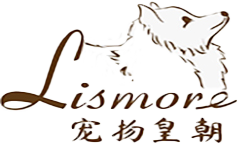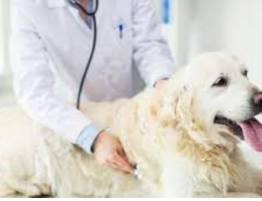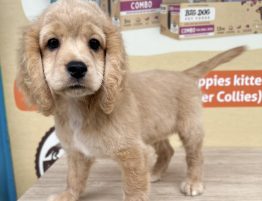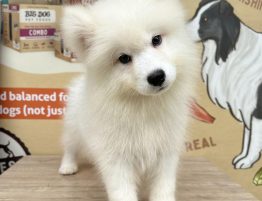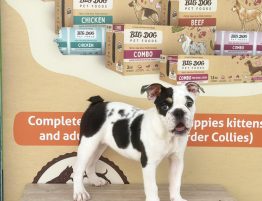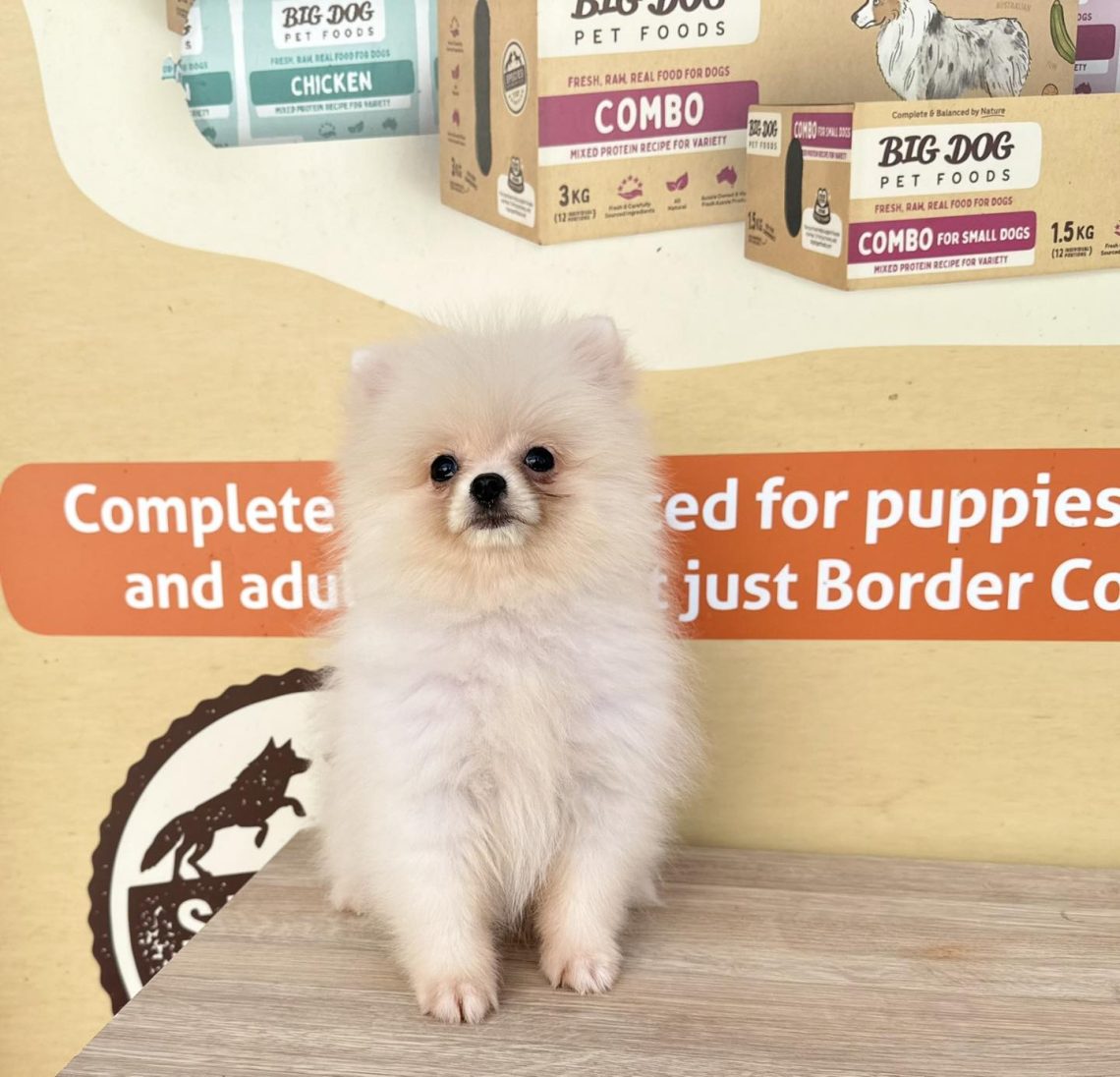
Welcoming a new puppy into your home is always an exciting experience, as you watch this adorable animal get accustomed to their new surroundings. However, as cute as it is to watch this journey and create this bond with this new family member, there comes a responsibility to ensure their safety and well-being.
Just as you would baby-proof your home for a human infant, it’s crucial to puppy-proof your living space to prevent accidents and potential hazards. Puppies, like human babies, are naturally curious and full of energy, making it essential to take proactive measures to keep them safe. In this article, we’ll take you through the essential steps you need to take to create a secure environment for your furry friend.
Identifying and Removing Potential Hazards
-
- Toxic Plants: Your home might be adorned with lush greenery, but some common houseplants are harmful to your puppy if ingested. Plants like lilies, sago palms, and poinsettias can be toxic. Before bringing your puppy home, make sure that you research and remove any potentially hazardous plants that are in your home.
-
- Chemicals: Household chemicals such as bleach, ammonia, and antifreeze can be dangerous if you have puppies. Safely store these chemicals in locked cabinets or out of your puppy’s reach to prevent accidental exposure.
-
- Cleaning Supplies: Curiosity can lead puppies to explore spaces that might contain these potentially dangerous items. So, if you keep cleaning supplies in the kitchen or bathroom, ensure they are in a high cabinet or out of your puppy’s reach.
-
- Small Objects: Puppies explore their world with their mouths, and they can easily swallow small objects that might lead to choking or other health issues. Coins, rubber bands, marbles – keep all these small items securely out of reach.
-
- Electrical Cords and Outlets: Puppies are intrigued by dangling cords and outlets, which can lead to dangerous situations if chewed. Prevent electrical shocks or burns by using cord covers or tape to secure these potentially hazardous areas.
-
- Securing Trash Cans: Puppies are attracted to the smells coming from trash cans. Ensure your trash cans have lids or are secured with a heavy object to prevent your puppy from rummaging through and consuming harmful items. If you compost, make sure the bin is also secure and out of your puppy’s reach. Some composted items can be toxic to dogs.
-
- Stairs: Puppies are unsteady on their feet and can easily fall down stairs. Block off stairways that your puppy isn’t allowed to access until they are old enough to navigate them safely.
-
- Swimming Pools: If you have a swimming pool, it’s important to fence it off to prevent accidental falls or drowning. Puppies need to be supervised near water and should not be allowed access to pools without proper guidance.
Additional Tips for a Safe and Happy Puppy
Ensuring the safety of your new puppy goes beyond physical measures; it also involves mindful supervision and consistent training.
Providing Appropriate Chew Toys
Puppies go through a teething phase, and chewing helps alleviate their discomfort. Offer appropriate chew toys like bones, hard rubber toys, and nylon chews. This redirects their chewing tendencies away from furniture and belongings. Be cautious about the size and materials of the toys you provide. Avoid toys that are small enough to be swallowed or that have sharp edges, as these can be choking hazards
Creating a Designated Area for the Puppy
You should establish a safe space for your puppy, whether it’s a crate, a specific area in your home, or a puppy pen. This area should offer enough room for movement and provide comfort for resting. If you opt for a crate, select one that allows your puppy to stand up, turn around, and lie down comfortably. The crate should be placed in a quiet corner of your home where your puppy won’t be disturbed.
Home Orientation and Supervision
Before leaving your puppy alone, take them on a guided tour of your home. Show them different rooms, boundaries, and designated spaces. This helps your puppy become familiar with their environment and teaches them where they can and cannot go. Moreover, even with thorough puppy-proofing, never underestimate a curious puppy’s ability to find trouble. Keep a watchful eye on your furry friend, especially when they are unsupervised. Quick interventions can prevent potential accidents.
Patient Training
Just like humans, puppies need time to adapt and learn. Be patient and consistent in your training efforts. Whether it’s potty training, crate training, or basic commands, remember that positive reinforcement and repetition are key to successful training outcomes. Positive reinforcement is when you reward your puppy for good behaviour with things such as treats, praise, and affection, which helps reinforce the behaviours you want to encourage and fosters a strong bond between you and your pup.
Consider Lismore’s Live Puppies
Incorporating these puppy-proofing strategies into your home environment is an integral part of responsible pet ownership. The safety and well-being of your new furry family member should always be a top priority.
Once your home is puppy-proofed and ready to welcome your new companion, consider visiting Lismore Pet Enterprise on Sungei Tengah Road to find the perfect furry addition to your family. Lismore Pets offers a wide selection of ethically-bred and healthy live puppies from both local and international sources. Our knowledgeable staff can assist you in finding the ideal match for your lifestyle and preferences, as well as with everything you need to look out for when you take your new furry friend home. Don’t hesitate to reach out for any information, as we will be happy to help. After all, our job is to find the best puppy for you and the best homes for our live puppies!
